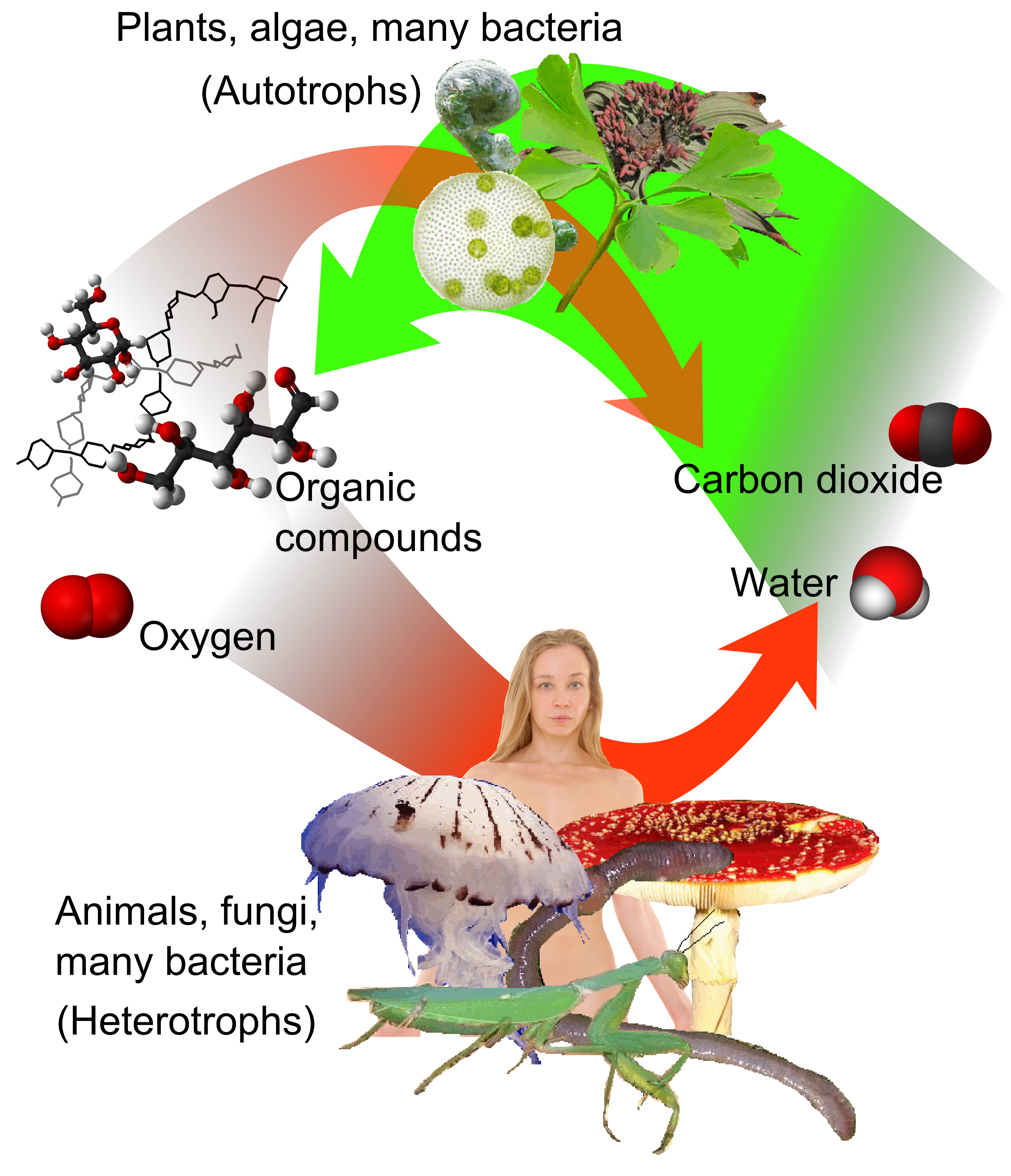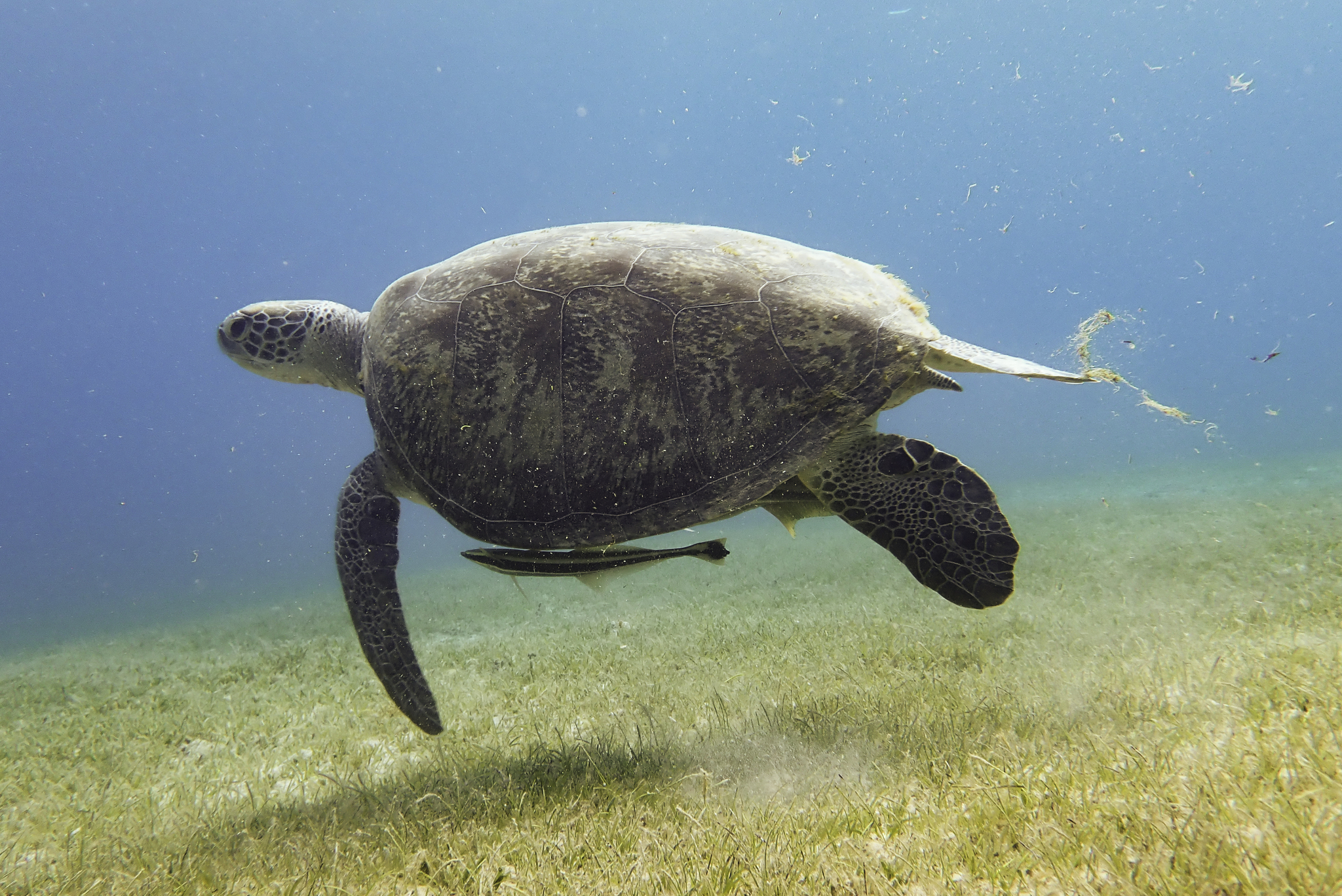|
Xestospongia Muta
The giant barrel sponge (''Xestospongia muta'') is the largest species of sponge found growing on Caribbean coral reefs. It is common at depths greater than down to and can reach a diameter of 1.8 metres (6 feet). It is typically brownish-red to brownish-gray in color, with a hard or stony texture. The giant barrel sponge has been called the "redwood of the reef" because of its large size and its long lifespan, which can be more than 2,000 years. It is, perhaps, the best-studied species of sponge in the sea; a population on Conch Reef, in the Florida Keys, has been monitored and studied since 1997. Description The giant barrel sponge is variable in form. It is very large and firm, typically being barrel-shaped, with a cone-shaped cavity at the apex known as the osculum. However, some individuals within the same population may be low and squat or relatively tall and thin. Similarly, the surface can range from smooth to rough, rugged, and irregular, sometimes with buttresses. I ... [...More Info...] [...Related Items...] OR: [Wikipedia] [Google] [Baidu] |
SeaLifeBase
SeaLifeBase is a global online database of information about marine life. It aims to provide key information on the taxonomy, distribution and ecology of all marine species in the world apart from finfish. SeaLifeBase is in partnership with the WorldFish Center in Malaysia and the UBC Institute for the Oceans and Fisheries at the University of British Columbia.SeaLifeBase (SLB FishBase Information and Research Group (FIN). Retrieved 22 July 2011. is the principal investigator and it is coordinated by Maria Lourdes D. Palomares. , it included descriptions of 85,000 species, 59,400 |
Choanocyte
Choanocytes (also known as "collar cells") are cells that line the interior of asconoid, syconoid and leuconoid body types of sponges that contain a central flagellum, or ''cilium,'' surrounded by a collar of microvilli which are connected by a thin membrane. They make up the choanoderm, a type of cell layer found in sponges Sponges or sea sponges are primarily marine invertebrates of the animal phylum Porifera (; meaning 'pore bearer'), a basal clade and a sister taxon of the diploblasts. They are sessile filter feeders that are bound to the seabed, and ar .... The cell has the closest resemblance to the choanoflagellates which are the closest related single celled protists to the animal kingdom (metazoans). The flagellae beat regularly, creating a water flow across the microvilli which can then filter nutrients from the water taken from the collar of the sponge. Food particles are then phagocytosed by the cell.Anderson, D. (2001) ''Invertebrate Zoology'' ... [...More Info...] [...Related Items...] OR: [Wikipedia] [Google] [Baidu] |
Nitrification
''Nitrification'' is the biological oxidation of ammonia to nitrate via the intermediary nitrite. Nitrification is an important step in the nitrogen cycle in soil. The process of complete nitrification may occur through separate organisms or entirely within one organism, as in comammox bacteria. The transformation of ammonia to nitrite is usually the rate limiting step of nitrification. Nitrification is an aerobic process performed by small groups of autotrophic bacteria and archaea. Microbiology Ammonia oxidation The process of nitrification begins with the first stage of ammonia oxidation, where ammonia (NH3) or ammonium (NH4+) get converted into nitrite (NO2−). This first stage is sometimes known as nitritation. It is performed by two groups of organisms, ammonia-oxidizing bacteria (AOB) and ammonia-oxidizing archaea (AOA). Ammonia-Oxidizing Bacteria Ammonia-Oxidizing Bacteria (AOB) are typically Gram-negative bacteria and belong to Betaproteobacteria and Gammaproteob ... [...More Info...] [...Related Items...] OR: [Wikipedia] [Google] [Baidu] |
Primary Producers
An autotroph is an organism that can convert abiotic sources of energy into energy stored in organic compounds, which can be used by other organisms. Autotrophs produce complex organic compounds (such as carbohydrates, fats, and proteins) using carbon from simple substances such as carbon dioxide,Morris, J. et al. (2019). "Biology: How Life Works", 3rd edition, W. H. Freeman. generally using energy from light or inorganic chemical reactions. Autotrophs do not need a living source of carbon or energy and are the producers in a food chain, such as plants on land or algae in water. Autotrophs can reduce carbon dioxide to make organic compounds for biosynthesis and as stored chemical fuel. Most autotrophs use water as the reducing agent, but some can use other hydrogen compounds such as hydrogen sulfide. The primary producers can convert the energy in the light (phototroph and photoautotroph) or the energy in inorganic chemical compounds (chemotrophs or chemolithotrophs) t ... [...More Info...] [...Related Items...] OR: [Wikipedia] [Google] [Baidu] |
Parrotfish
Parrotfish (named for their mouths, which resemble a parrot's beak) are a clade of fish placed in the tribe Scarini of the wrasse family (Labridae). Traditionally treated as their own family (Scaridae), genetic studies have found them to be deeply nested within the wrasses, and they are now treated as a subfamily (Scarinae) or tribe (Scarini) of them. With roughly 95 species, this group's largest species richness is in the Indo-Pacific. They are found in coral reefs, rocky coasts, and seagrass beds, and can play a significant role in bioerosion. Taxonomy Traditionally, the parrotfishes have been considered to be a family level taxon, Scaridae. Although phylogenetic and evolutionary analyses of parrotfishes are ongoing, they are now accepted to be a clade in the wrasses closely related to the tribe Cheilini, and are now commonly referred to as scarine labrids (tribe Scarini, family Labridae). Some authorities have preferred to maintain the parrotfishes as a family-level taxon, ... [...More Info...] [...Related Items...] OR: [Wikipedia] [Google] [Baidu] |
Commensalism
Commensalism is a long-term biological interaction (symbiosis) in which members of one species gain benefits while those of the other species neither benefit nor are harmed. This is in contrast with mutualism, in which both organisms benefit from each other; amensalism, where one is harmed while the other is unaffected; and parasitism, where one is harmed and the other benefits. The commensal (the species that benefits from the association) may obtain nutrients, shelter, support, or locomotion from the host species, which is substantially unaffected. The commensal relation is often between a larger host and a smaller commensal; the host organism is unmodified, whereas the commensal species may show great structural adaptation consistent with its habits, as in the remoras that ride attached to sharks and other fishes. Remoras feed on their hosts' fecal matter, while pilot fish feed on the leftovers of their hosts' meals. Numerous birds perch on bodies of large mammal herbivo ... [...More Info...] [...Related Items...] OR: [Wikipedia] [Google] [Baidu] |
Cyanobacteria
Cyanobacteria ( ) are a group of autotrophic gram-negative bacteria that can obtain biological energy via oxygenic photosynthesis. The name "cyanobacteria" () refers to their bluish green (cyan) color, which forms the basis of cyanobacteria's informal common name, blue-green algae. Cyanobacteria are probably the most numerous taxon to have ever existed on Earth and the first organisms known to have produced oxygen, having appeared in the middle Archean eon and apparently originated in a freshwater or terrestrial environment. Their photopigments can absorb the red- and blue-spectrum frequencies of sunlight (thus reflecting a greenish color) to split water molecules into hydrogen ions and oxygen. The hydrogen ions are used to react with carbon dioxide to produce complex organic compounds such as carbohydrates (a process known as carbon fixation), and the oxygen is released as a byproduct. By continuously producing and releasing oxygen over billions of years, cyanobacte ... [...More Info...] [...Related Items...] OR: [Wikipedia] [Google] [Baidu] |
Symbiosis
Symbiosis (Ancient Greek : living with, companionship < : together; and ''bíōsis'': living) is any type of a close and long-term biological interaction, between two organisms of different species. The two organisms, termed symbionts, can for example be in Mutualism (biology), mutualistic, commensalism, commensalistic, or parasitism, parasitic relationships. In 1879, Heinrich Anton de Bary defined symbiosis as "the living together of unlike organisms". The term is sometimes more exclusively used in a restricted, mutualistic sense, where both symbionts contribute to each other's subsistence. This means that they benefit each other in some way. Symbiosis can be ''obligate'' (or ''obligative''), which means that one, or both of the organisms depend on each other for survival, or ''facultative'' (optional), when they can also subsist independently. Symbiosis is also classified by physical attachment. Symbionts forming a single body live ... [...More Info...] [...Related Items...] OR: [Wikipedia] [Google] [Baidu] |
Dioecious
Dioecy ( ; ; adj. dioecious, ) is a characteristic of certain species that have distinct unisexual individuals, each producing either male or female gametes, either directly (in animals) or indirectly (in seed plants). Dioecious reproduction is biparental reproduction. Dioecy has costs, since only the female part of the population directly produces offspring. It is one method for excluding self-fertilization and promoting allogamy (outcrossing), and thus tends to reduce the expression of recessive deleterious mutations present in a population. Plants have several other methods of preventing self-fertilization including, for example, dichogamy, herkogamy, and self-incompatibility. In zoology In zoology, dioecy means that an animal is either male or female, in which case the synonym gonochory is more often used. Most animal species are gonochoric, almost all vertebrate species are gonochoric, and all bird and mammal species are gonochoric. Dioecy may also describe colonies ... [...More Info...] [...Related Items...] OR: [Wikipedia] [Google] [Baidu] |
Phagocytosis
Phagocytosis () is the process by which a cell (biology), cell uses its plasma membrane to engulf a large particle (≥ 0.5 μm), giving rise to an internal compartment called the phagosome. It is one type of endocytosis. A cell that performs phagocytosis is called a phagocyte. In a Multicellular organism, multicellular organism's immune system, phagocytosis is a major mechanism used to remove pathogens and cell debris. The ingested material is then digested in the phagosome. Bacteria, dead tissue cells, and small mineral particles are all examples of objects that may be phagocytized. Some protozoa use phagocytosis as means to obtain nutrients. The two main cells that do this are the Macrophages and the Neutrophils of the immune system. Where phagocytosis is used as a means of feeding and provides the organism part or all of its nourishment, it is called phagotrophy and is distinguished from osmotrophy, which is nutrition taking place by absorption. History The history of phag ... [...More Info...] [...Related Items...] OR: [Wikipedia] [Google] [Baidu] |
Prochlorophyta
The Chroococcales () are an order of cyanobacteria in some classifications which includes the harmful algal bloom '' Microcystis aeruginosa''. Molecular data indicate that Chroococcales may be polyphyletic, meaning its members may not all belong to the same clade or have the same common ancestor. Characteristics The order is characterized by single, floating cells or colonies which are embedded to a matrix. Also, a lack of differentiation between apical and basal structures exists. Prochlorales A heterotypic synonym of Chroococcales is (order) Prochlorales , with type genus "''Prochloron''". Additional names of the same nature included: * Division Prochlorophyta Lewin, 1976 * Class Prochlorophyceae Lewin, 1977 * Family Prochloraceae Lewin, 1977 * Chloroxybacteria Margulis & Schwartz, 1982 * Subdivision Prochlorobacteria Jeffrey 1982 * Division Prochlorophycota Shameel 2008 The assignment as a division/subdivision was based on a belief that because this class lack red and blue ... [...More Info...] [...Related Items...] OR: [Wikipedia] [Google] [Baidu] |







